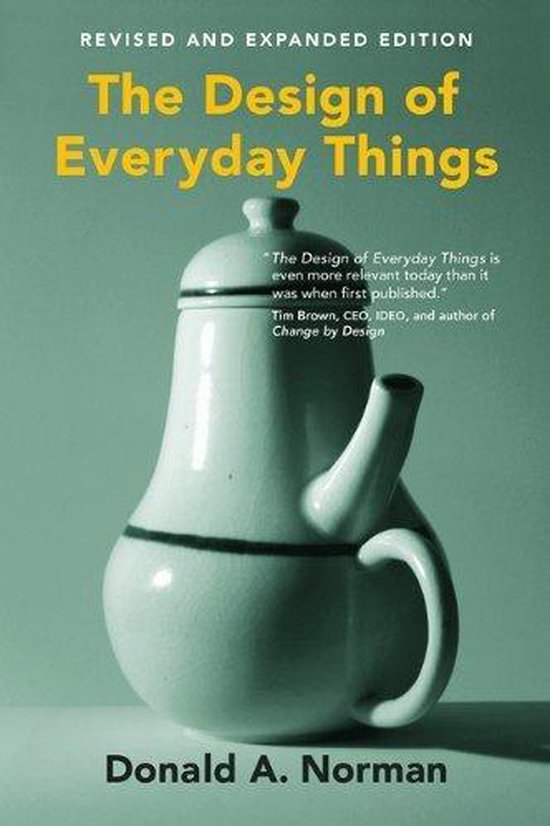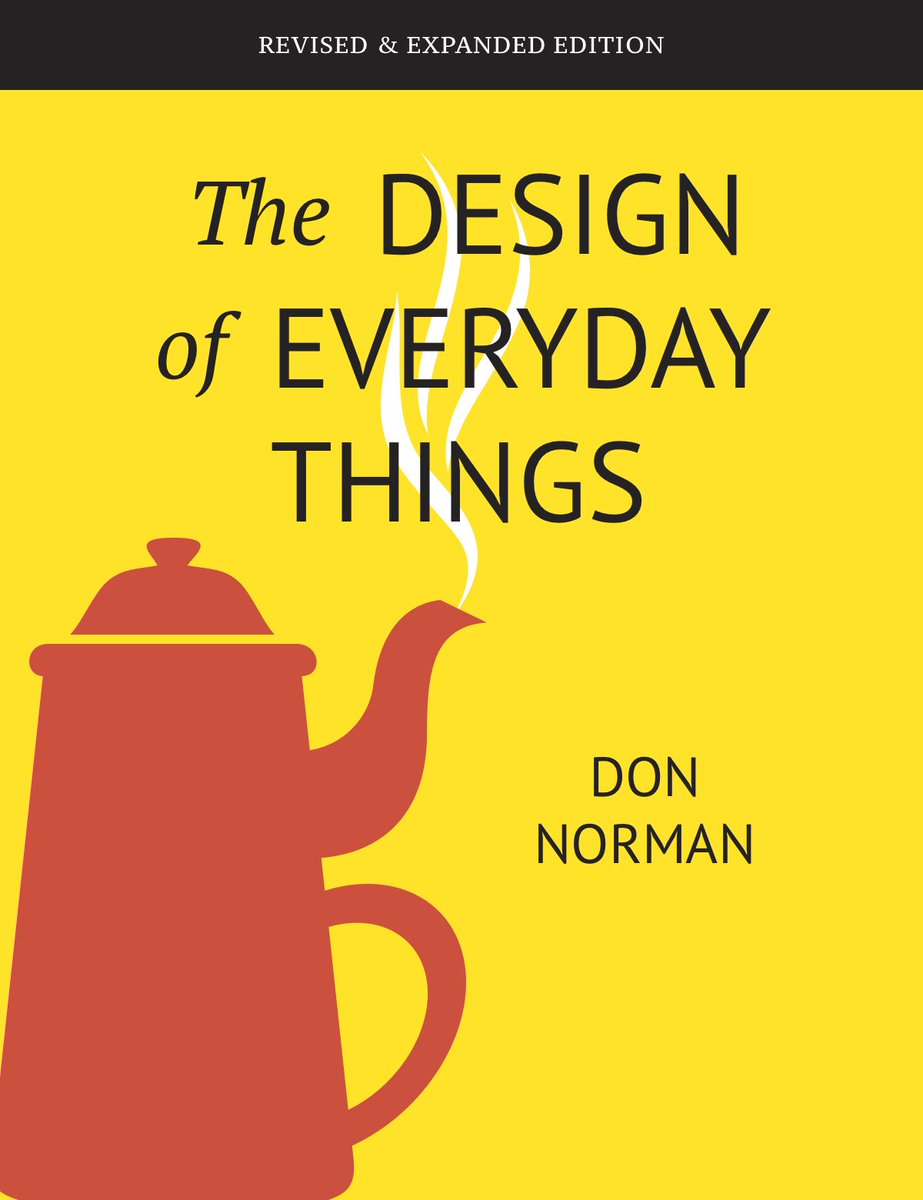Table Of Content

Too much feedback can be annoying and irritating to users. Too little feedback can be as useless as no feedback at all. Feedback also needs to be prioritized (important messages/alerts vs. unimportant). Poor feedback can be worse than no feedback at all, because it is distracting, uninformative, and in many cases irritating an anxiety provoking. When users make mistakes using a product or when a product fails, designers should strive hard to determine what the cause is. One of the methods we can use to determine what the underlying cause of failure is to make use of the “Root Cause Analysis” method.
Chapter 1: The Psychopathology of Everyday Things
Over the period of time technology is bringing changes and innovations to make our life easier. Devices are getting complicated as they are stacked with lots of options. The main challenge for designers is to bring the same technology that simplifies life by providing more functions in each device. In design, the secret to success is to understand what the real problem is. We often rush to solve a problem without questioning whether or not we are solving the right problem. HCD(Human Centered Design) is a procedure for addressing these requirements but with an emphasis on two things; solving the right problem and doing so in a way that meets human needs.
The Design of Everyday Things author launches contest

He went to great lengths to define and explain these terms in detail, giving examples following and going against the advice given and pointing out the consequences. Makes a strong case for the needlessness of badly conceived and badly designed everyday objects.... [T]his book may herald the beginning of a change in user habits and expectations, a change that manufacturers would be obliged to respond to. As the pace of technological change accelerates, the principles in this book are increasingly important.

Design guru Don Norman’s big plans for San Diego
For designers, the visceral response is about immediate perception.This has nothing to do with how usable, effective, or understandable the product is. Great designers use their aesthetic sensibilities to drive these visceral responses. In this entertaining and insightful analysis, cognitive scientist Don Norman hails excellence of design as the most important key to regaining the competitive edge in influencing consumer behavior.
It's not you. Bad doors are everywhere. - Vox.com
It's not you. Bad doors are everywhere..
Posted: Fri, 26 Feb 2016 08:00:00 GMT [source]
Not all knowledge required for precise behavior has to be in the head. It can be distributed — partly in the head, partly in the world, and partly in the constraints of the world. This is where deep understanding develops, where reasoning and conscious decision-making take place. In this chapter, Don Norman talks about the most important characteristics of good design which are discoverability and understanding. Designers need to make things that satisfy people’s needs, in terms of function, in terms of being understandable and usable, and in terms of their ability to deliver emotional satisfaction, pride, and delight.
Bookreader Item Preview
When people use a thing — product, tool or service — they face two gulfs (obstacles) between desired outcome (goal) and available options (what actions to perform). The first gulf is called the gulf of execution(how it operates)and the second gulf is called the gulf of evaluation(how it happened). The role of the designer is to help people bridge the two gulfs. Feedback and good conceptual model help bridge the Gulf of Evaluation. Conceptual models/Mental models are the understanding in the minds of users of how certain products work. In our daily life, we create a conceptual or mental model about everything we interact with.
Chapter 6: Design Thinking
They are used when a product’s affordances are not easily perceived. Some signifiers are signs, labels that tell the users what to do. Discoverability — Is it possible for users to figure out what the possible actions are to use that product?. Norman uses case studies to describe the psychology behind what he deems good and bad design, and proposes design principles.
Books
If done well, radical innovation can be successful. Even the smartest among us can feel inept as we try to figure out the shower control in a hotel or attempt to navigate an unfamiliar television set or stove. When The Design of Everyday Things was published in 1988, cognitive scientist Don Norman provocatively proposed that the fault lies not in ourselves, but in design that ignores the needs and psychology of people.
Feedback.
Part operating manual for designers and part manifesto on the power of designing for people, The Design of Everyday Things is even more relevant today than it was when first published. A fully updated and expanded edition of Don Norman's classic and influential work, which pioneered the application of cognitive science to design. Design is successful only if the final product is successful — if people buy it, use it, and enjoy it, thus spreading the word.
The lesson here for businesses is to focus on strengths of their products, not to follow their competitions blindly.
Now fully expanded and updated, with a new introduction by the author, The Design of Everyday Things is a powerful primer on how — and why — some products satisfy customers while others only frustrate them. Limitations in application or use that can help with the formation of conceptual models. Affordances are the possible actions a person can perform with a particular object/product. If an affordance cannot be easily perceived by a user, a means of signaling it’s presence is required. User-centered design involves simplifying the structure of tasks, making things visible, getting the mapping right, exploiting the powers of constraint, designing for error, explaining affordances, and seven stages of action.
When new technologies emerge, there is a temptation to develop new products immediately. How can businesses create innovative products that users will love without considering the users mental models. There are two forms of product innovation; Incremental Innovation(less glamorous, but most common) and Radical Innovation(most glamorous, but rarely successful). An example of radical innovation is Apple launching an all touchscreen smartphone in a time when phones still had physical keys.











